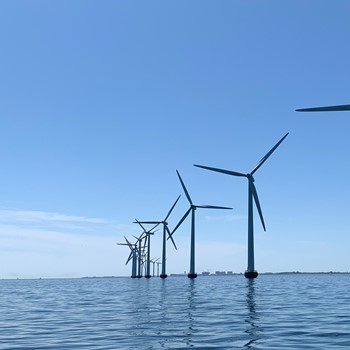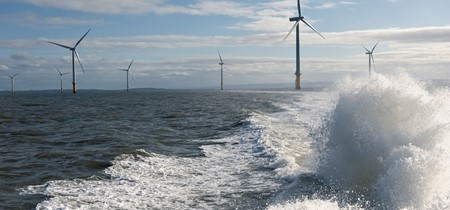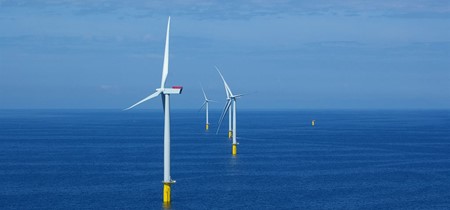Winds of change are coming for the energy sector in the Philippines—offshore wind, that is. Discussions about this clean renewable resource have been underway at NIRAS Manila’s recent “Wind Energy Forum: Offshore Wind in the Philippines”, where government representatives and private industry partners alike participated to discuss the possibilities and challenges of offshore wind development in the country.
The World Bank Group recently released a roadmap for offshore wind development, which shows the country has the potential to generate up to 21 gigawatts (GW) of power through offshore wind by 2040. This would make up about 21% of the total energy supply and contribute massively to the Philippine government’s goal of achieving 50% reliance on renewable energy by that same year. Of the country’s current energy mix, roughly 20% comes from renewable sources such as hydroelectric, geothermal and onshore wind.
The Philippines already has some experience with wind energy from onshore wind farms, which have been in operation in various parts of the 7,641-island nation since 2005. But offshore wind is a completely new industry, with the first application for service contracts in the sector happening in December 2019.
At present, there are 79 applications for offshore wind farm projects awaiting the permitting and consenting process before they are greenlit. Most of these projects are currently still at the development stage, including such tasks as preliminary wind data gathering and system impact studies. It is likely the first offshore wind farms in the country may be in operation after five to seven years.







